6 On-farm environmental mitigation strategies
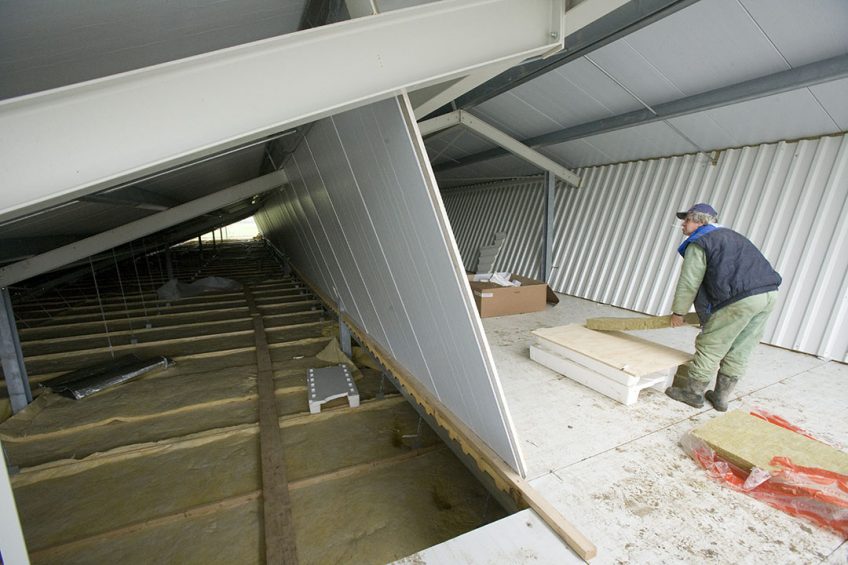
Reducing the environmental impact of pig farming systems has been a key sustainability challenge for the 21st century. Many alternative farm management strategies can achieve reductions in environmental impact categories. Researchers at the UK’s Newcastle University looked at various systems and compared their cost-effectiveness.
The research team evaluated the cost-effectiveness of several environmental abatement strategies related to pig housing and manure management, using an integrated life cycle assessment (LCA) based framework that combined whole-farm environmental and economic models. Their findings have been published in the peer-reviewed journal Agricultural Systems.
About the study
The study simulated the implementation of the strategies and tested their performance based on a 500-sow, integrated Danish pig farming system that produced about 13,000 slaughter pigs annually. The environmental LCA evaluated potential environmental impacts associated with harmful emissions from the pig farming system (e.g. greenhouse gases, ammonia emissions), which are significant contributors to global warming, acidification of ecosystems and eutrophication of freshwater bodies. The economic LCA comprised a discounted cash flow analysis of any cost (i.e. capital, fixed and operational costs) and revenue streams (e.g. revenues from pig meat sold, manure sold as fertiliser), identified throughout the entire pig production process (cradle to farm gate). The economic performance of each environmental abatement strategy was evaluated on a 25-year time horizon.
6 strategies are discussed below. The order is random and does not reflect preferences of the research team.
 On-farm anaerobic digestion of slurry
On-farm anaerobic digestion of slurry
From an environmental perspective, anaerobic digestion of slurry exhibited great potential to reduce system global warming potential (-3.17%) and improve its performance with regard to the depletion of abiotic resources (-14.7%) and fossil fuel (-33.5%). These benefits arise mainly from the generation of electricity and heat that can be discounted from on-farm energy use, as well as the improved efficiency of the nutrient-enriched digestate as synthetic fertiliser replacement.
Considering also the capital and operating costs of a combined heat and power plant, and fees for connection to the electricity grid, implementing this strategy may require a very large investment (in this study, € 1.8 million additional investment costs in year 0). However, under certain conditions (detailed in the specific assumptions of study) the energy consumption and fertiliser discounts may result in increased whole-farm profitability (+13.2% in this study). The external factors – conditions that can affect this strategy’s economic performance – should be considered prior to its implementation, particularly when comparing its cost-effectiveness in different systems and locations. The most important of these factors include the specific electricity tariffs and the availability of relevant investment support schemes.
In this specific case study, anaerobic digestion was identified as the most cost-effective strategy in reducing system global warming potential and non-renewable resource use, generating € 0.2 per tonne CO2 eq. and € 0.05/g Sb eq. mitigated, respectively, as additional farm profits.
 Slurry acidification using sulphuric acid
Slurry acidification using sulphuric acid
The environmental benefits of slurry acidification are achieved by reducing ammonia emissions. In-house slurry acidification with sulphuric acid was specifically tested, and this study confirmed its large abatement potential for the acidification (-24.6%) and eutrophication (-11.4%) impact categories. Although an automated process, acidifying slurry in pig housing requires a significant investment (~€ 800,000 at year 0), considering the costs for an acidification plant and slurry pumping system, electricity for their operation and the addition of calcium carbonate to counterbalance the acidic effect of slurry when this is applied on fields.
According to the study, slurry acidification was the most cost-effective strategy for the mitigation of acidification and eutrophication potential, although they incur additional costs of € 303 per tonne SO2– eq. and € 1,190 per tonne PO43- eq. for each category respectively.

 Improving pig barn insulation
Improving pig barn insulation
Current systems frequently use fibreglass wool to insulate the pig housing facilities. While this is a cheap (€ 11.3 per m2) and good option (U value = 0.33 W/m2 K), the study explored the environmental and economic performance for the more expensive (€ 16.7 per m2) but also more effective (U value = 0.16 W/m2 K) polyurethane boards to improve barn insulation. The findings showed that this strategy has potential to improve system environmental performance for global warming potential (-1.33%) and non-renewable energy use (-4.37%), by contributing to more stable indoor climate conditions and therefore reducing energy consumption for climate control. Furthermore, potential reductions for acidification (-1.40%) and eutrophication (-0.174%) were identified due to less variability in indoor temperature, which affects ammonia emissions. Although this strategy required a smaller investment (~€ 53,400 at year 0), due to the relatively small abatement potential it exhibited it did not rank particularly high in cost-effectiveness for any of the impact categories it mitigated. However, in addition to environmental impact reductions, potential improvements in animal welfare due to the provision of stable indoor climate conditions should be considered among the benefits associated with the implementation of this strategy.
 Increasing ventilation system efficiency
Increasing ventilation system efficiency
Similar to barn insulation, indoor ventilation rates largely dictate indoor climate conditions and also have a direct effect on ammonia emissions from slurry in the building. The study investigated the whole-farm environmental and economic consequences of investing in more frequent maintenance (+50%) of the fan system and dusting of the surrounding components (i.e. air inlets, ducts) to achieve a 20% increase in ventilation efficiency throughout production. Interestingly, this relatively small investment (~€ 232,000 over a 25-year time horizon) achieved significant abatement potential across all impact categories tested and ranked among the more cost-effective of options tested. However, it incurred additional costs for the mitigation of all environmental impacts assessed. Specifically, for global warming potential and depletion of fossil fuel, where it achieved the largest reductions (-1.79% and -4.60% respectively), it required € 0.03 per tonne CO2 eq. and € 2.29 per GJ mitigated.
 Removing slurry more frequently
Removing slurry more frequently
Frequent slurry removal is a laborious task; however, it can significantly reduce ammonia emissions at pig housing and improve pen hygiene. The study evaluated the environmental and economic consequences of weekly slurry removal, as opposed to the monthly removal that represented baseline conditions in Danish pig farming systems. This strategy exhibited some abatement potential, mainly for acidification (-1.05%) and eutrophication (-0.202%). However, due to the costs associated with additional labour and a slurry pumping system required for its implementation, it performed poorly from an economic perspective (~€ 553,000 over a 25-year time horizon) and therefore ranked low in cost-effectiveness.

 Diluting slurry with water
Diluting slurry with water
Slurry dilution is an easy-to-implement strategy targeting ammonia emission reductions, with abatement potential for the acidification (-5.29%) and eutrophication (-0.850%) impact categories. However, it is particularly expensive (~€ 907,000 over a 25-year time horizon) due to the large amounts of water input required to achieve an effective level of dilution and, more importantly, the greatly increased costs for transporting the more voluminous slurry for field application. Because its poor economic performance outweighed its environmental benefits, increased slurry dilution was not identified as a particularly cost-effective strategy, incurring an abatement cost of € 5,670 per tonne SO2– eq. and € 186,032 per tonne PO43- eq. respectively.
Combined implementation
The study further showed that combining the potential environmental abatement strategies tested can significantly improve their cost-effectiveness in most cases. For example, combinations of anaerobic digestion and improved insulation or increased ventilation system efficiency performed significantly better than implementing anaerobic digestion as a standalone investment. Based on these findings, the study suggests that further research should be conducted to investigate synergistic effects between environmental mitigation measures, as this might unlock potential benefits of combinations between larger investments (i.e. anaerobic digestion of acidified slurry) that are currently not viewed as sustainable solutions.
Important trade-offs identified
This study identified important trade-offs in the implementation of environmental mitigation strategies within pig farming systems. First, there are the trade-offs between the two pillars of sustainability: environment and economy. Then, there are many trade-offs within the environmental aspect of sustainability, which the study has highlighted.
For example, while implementing anaerobic digestion of slurry helps reduce system global warming potential, applying nutrient-enriched digestate that is higher in nitrogen and phosphorus significantly contributes to problems of acidification of terrestrial ecosystems and eutrophication of freshwater bodies.
Furthermore, although slurry acidification improves system performance for acidification and eutrophication potentials, it has important negative consequences for global warming potential, as well as for animal welfare and farm worker health due to increased sulphuric emissions in the closed space of a pig barn.
Slurry dilution also increases system impact for global warming potential and can negatively impact its water footprint. Further consideration and analysis of such trade-offs is a critical aspect in future efforts to improve sustainability of the pig farming sector and are important for policymakers to consider when shaping relevant agri-environmental policies and investment support schemes.
The Newcastle University research was part of EU project PigSys – Improving pig system performance through a whole system approach.
 Beheer
Beheer

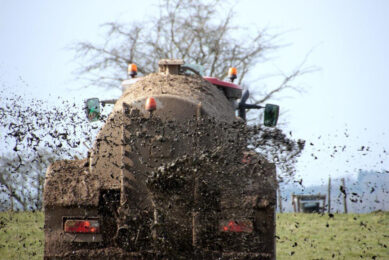
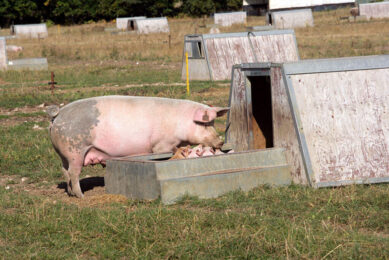
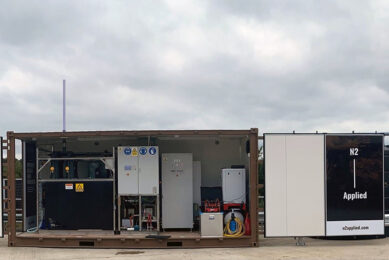
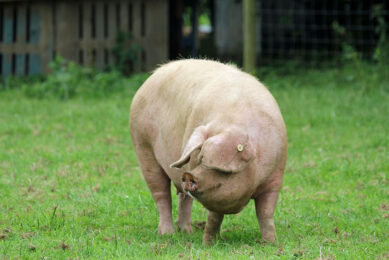



 WP Admin
WP Admin  Bewerk bericht
Bewerk bericht